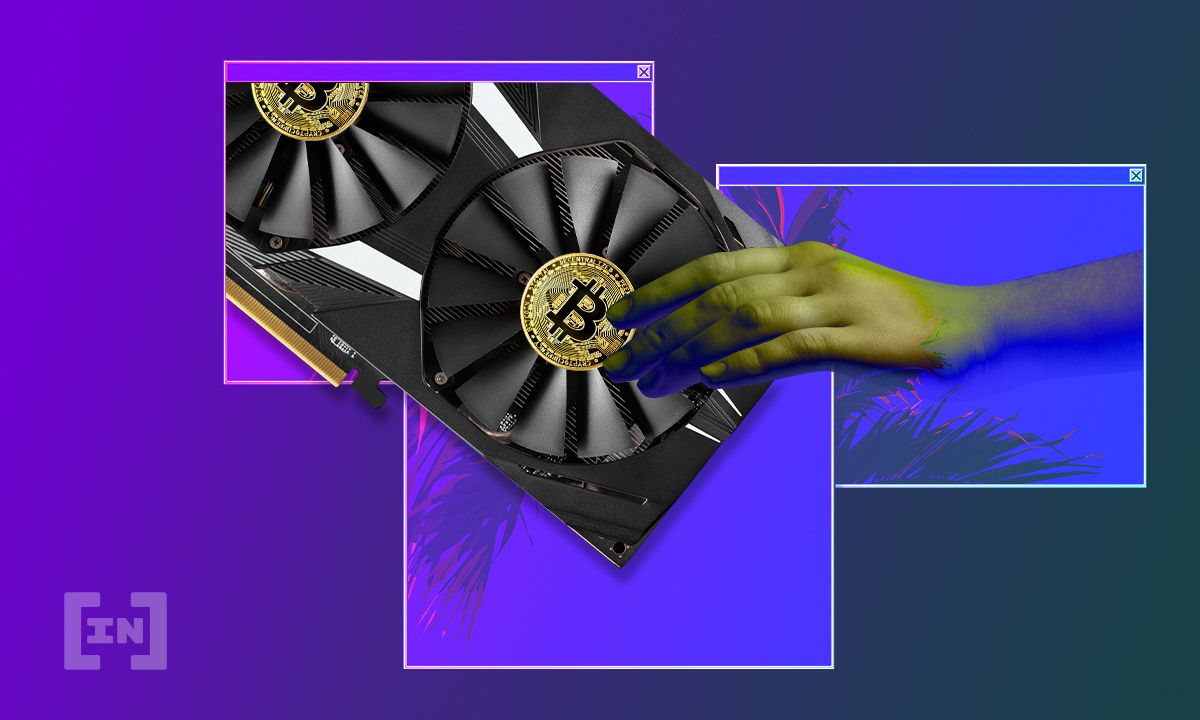Intel joins the cryptocurrency mining arms race with a powerful, energy-efficient new mining ASIC.
Intel announced its new mining Application-Specific Integrated Circuit (ASIC) BonanzaMine at the virtual IEEE 2022 International Solid-State Circuits Conference (ISSCC) to compete with the likes of mining machines from Bitfury, Bitmain, and Canaan.
The company’s first foray into the cryptocurrency mining space was announced earlier this month. Intel claimed the ASIC is “1000 times” faster than other Graphics Processing Units. Graphics Processing Units were used during the early days of mining. Recall that mining is the process via which “miners,” who solve cryptographic puzzles to verify transactions on a blockchain, earn a limited number of bitcoins.
Intel also showcased its BonanzaMine System at the conference, consisting of 300 BonanzaMine ASICs with a throughput of 40 THash, consuming 3.6kW of electricity. Intel claims that higher hash rates can be achieved if required. Intel surmised that the BonanzaMine system is almost on equal footing with two other industry players, the Bitfury Clarke and Canaan Avalon A9. Intel’s system consumes 55 joules per terahash at 47.7 Terahashes/s. The Bitfury Clarke can do 40 TH/s at 56 J/TH, while the Canaan Avalon A9 can achieve 30 TH/S at 58 J/TH.
What’s inside this machine?
The physical ASIC machine contains four hash boards, a control unit, four fans, and a customizable power supply. Each hash board has 75 ASICs managed as a voltage stack of 25 chips deep, permitting input voltages of 8.875V divided into 355mV over each ASIC group. A die is a substrate made of a semiconductor like silicon, upon which nano-circuit components are etched using lithography. The stacking of 25 chips on each die optimizes power delivery. The BonanzaMine ASIC has showcased a dependable 1.35-1.6 GHz operation at 355mV. Each hash board contains a microcontroller unit to monitor temperature and voltage.
The ASICs are designed with bitcoin mining in mind, as the primary constituent of the ASIC is a dual SHA-256 hash engine. Intel’s technical chops in cryptography, hashing techniques, and low-voltage circuits have enabled the development of the BonanzaMine system.
Where does Intel fit in?
It remains to be seen whether Intel can give Bitmain a run for its money. Bitmain’s Antminer S19 Pro is the most profitable ASIC on the market. Intel claims that the BonanzaMine is manufactured using a seven nano-meter process, similar to Bitmain. There is no standard on the size of a seven-nanometer chip; hence these figures could be little more than marketing hype.
No launch dates for the chip have yet been provided, although a new Custom Compute Group will be assembled from Intel’s Accelerated Computing Systems and Graphics Business Unit to design chips for multiple applications. Among Intel’s early clients for the new mining system are Block, formerly Square, and GRIID, a crypto startup company.
What do you think about this subject? Write to us and tell us!
Disclaimer
In adherence to the Trust Project guidelines, BeInCrypto is committed to unbiased, transparent reporting. This news article aims to provide accurate, timely information. However, readers are advised to verify facts independently and consult with a professional before making any decisions based on this content. Please note that our Terms and Conditions, Privacy Policy, and Disclaimers have been updated.


